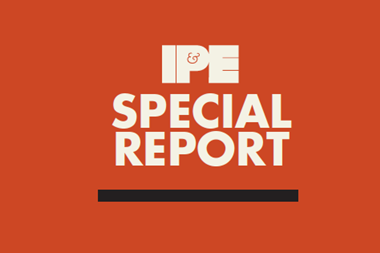General pension funds (APFs) have been the vehicle of choice for Dutch pension fund consolidation since their emergence in 2016, according to a report from the country’s regulator.
De Nederlandsche Bank’s (DNB) statistics revealed that, between mid-2016 and mid-2018, €7.3bn of pension assets were moved to single-client compartments at an APF, as Dutch pension funds transferred accrued pension obligations off their balance sheets.
In the same period, just over €1bn was transferred into multi-client sections of APFs.
The transfers were carried out as part of the ongoing consolidation in the Dutch pensions sector, which saw the number of pension funds drop from 1,042 in 1998 to 240 this year. In 2016, DNB predicted the number would fall to 265.
DNB said that, since mid-2015, €3.7bn of pension assets had been relocated abroad and €6.8bn had been transferred to domestic industry-wide pension funds.
During the same period, transfers to company schemes and insurers totalled €758m and €6.1bn, respectively.
DNB said that consolidation among pension funds was likely to continue and that 35 funds had already announced that they would cease operating, including the €1.5bn ANWB, and the pension fund of Holland Casino.
Dutch pension funds often decide to liquidate following a combination of developments, such as rising costs of pensions administration, increasing legal requirements, difficulties in finding trustees or a scheme’s financial position.
Demographics at pension funds and developments at employers, such as mergers, or a sponsor’s decision to change pension arrangements, also play a role.
Regulator: Consider options carefully
DNB highlighted that, when picking a new provider for consolidation, the board of a liquidating pension fund should take into account why it wanted to cease operating, as some providers were a better match than others.
It explained that a transition to a new single-client compartment at an APF would have a different impact than joining an existing pension fund or a multi-client sector at an APF.
The regulator said cost savings would be limited at an APF, and that the required stakeholder body would still demand the availability of skilled members.
It added that a pension fund’s financial position and other characteristics would not improve either, “as the transition into a single-client compartment at an APF was no different from continuing the old pension fund”.
DNB also advised that, when joining a new pension fund, the incoming scheme would be subject to the characteristics of the existing vehicle, including its risk attitude, indexation policy and financial position.
“Therefore, the new arrival must ensure that the transferred pension plan matches the existing [plan], which could imply making difficult choices,” it said.
The Dutch regulator said it would engage with the sector about how to navigate obstables and problems that pension funds were facing when making choices about their future.















.jpg)







No comments yet